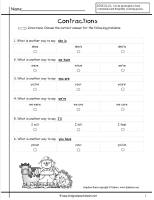A Zen priest and bereavement educator explains the significance of sticking with our pain and different troublesome feelings so we can come out on the other side. Practice labor contractions are otherwise known as Braxton Hicks contractions and are widespread from week 32 until birth. However, for those who’re writing an instructional paper or anything else that’s formal, you may want to avoid contractions. The time between contractions includes the length or period of the contraction and the minutes in between the contractions (referred to as the interval).
The uterus is extremely tender after a protracted labor and supply, which provides to the discomfort of instant postpartum contractions. These contractions don’t get closer together, don’t increase with walking, do not improve in duration, and don’t really feel stronger over time as they do if you end up in true labor.

At first, this practice might not even be noticeable to mom, however as time goes on and the newborn grows larger, the contractions will get stronger. If anyone tells you that it is best to never use contractions in writing, they’re incorrect. Braxton Hicks contractions are contractions that do not result in labor and delivery.
To figure out if the contractions you are feeling are the true thing, ask your self the next questions. Usually during contractions your entire stomach will feel exhausting, not only one area. In the previous couple of weeks of being pregnant, your cervix may begin to get shorter and stretchier (Baker and Kenny 2011:192, Simkin and Ancheta 2011, Walsh 2004:430), able to dilate and make manner for your baby.
Contractions (tightening of the muscle tissue in the uterus which trigger discomfort or a boring ache within the lower stomach) every 10 minutes or more in an hour. When you’re unsure that you just’re in actual labor but the contractions are coming fairly repeatedly, name anyway.